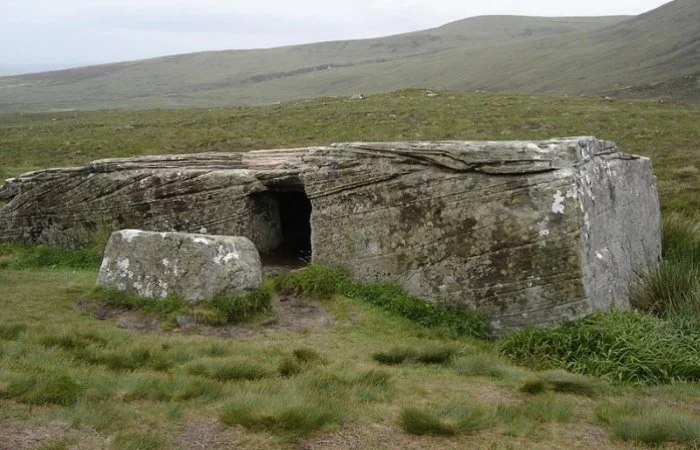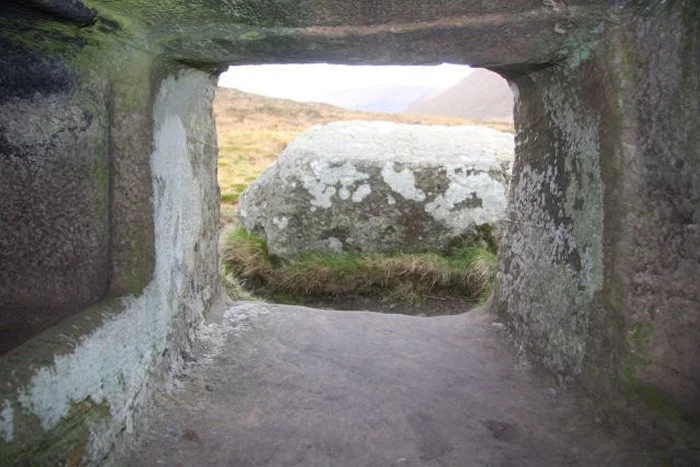Royal Burials are considered today huge and spectacular events, but over the centuries the same can too be said. The Funeral of Elizabeth I marking the end of the Tudor Period was huge and lavish with mourners marking the processional way, but Henry VIII her father is still today left in a vault which goes against his wishes.
Henry VIII wished for a huge tomb to be created for him to encase the body of himself and his third wife Jane Seymour, but still 500 years following his death he remains in a sealed vault under the floor of St George’s Chapel in Windsor Castle, where only a simply slab marks his burial site.
This is not what the King wanted, but there was one Queen who died in the 15th century who’s story after her death is nothing short of shocking, disgusting and a disgrace. Catherine of Valois is remembered today as the Queen who was left unburied for 400 years inside the heart of the Church of England, Westminster Abbey. But she experienced a large amount of disturbing desecration to her body in the centuries after her death.
Catherine of Valois today is best remembered for being the Queen and wife of Henry V of England. Henry V is regarded as one of the finest King’s England had, as he won a spectacular battle at Agincourt during the 100 Years War. Catherine gave birth to Henry VI a King who became embroiled in the Wars of the Roses, and ultimately lost out and was murdered within the walls of the Tower of London, despite having a long reign. Catherine’s marriage to Henry V was part of a plan to combine the throne of France and England, and her son was later crowned King of both countries but this ultimately was too much. Whilst she was pregnant with her second child, her husband Henry V died after becoming sick. Catherine was not even 21 when this happened and was left as a Dowager Queen. But following the death of the French King, her son Henry VI became the ruler of England and France.





















